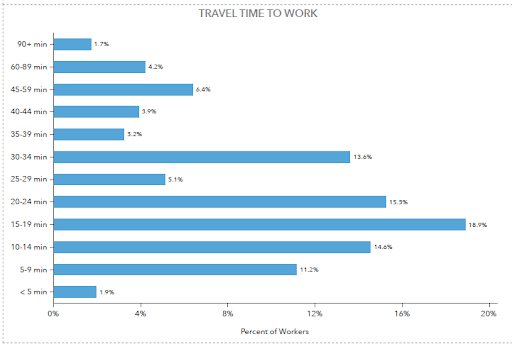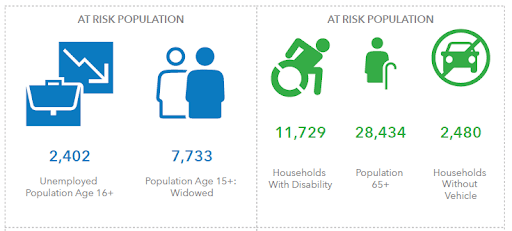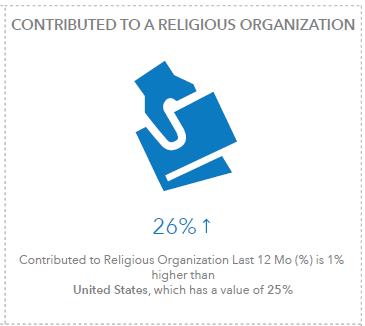Pastors and church leaders often miss the basic demographics of their communities. Why?
- Demographics tend to change gradually and often go unnoticed.
- Keeping an existing circle of friends is easier than deepening our relationship with others.
- We tend to go to places where people are like us, which means we often do not see the areas where demographic changes are occurring in the neighborhood.
Perceived demographics may not match actual demographics. You may think you know your community, but in many cases, church leaders have a skewed view of who lives around the church.
Dramatic demographic changes can occur in a community without church leaders and members noticing. Even well-meaning and intentional churches can overlook segments of the community.
Last year, I wrote an article about four often-missed demographics by churches. I will continue the theme this year with five more demographics churches fail to know about their communities. I’ll use my community in Bradenton, Florida as an example.
1. What is the marriage rate compared to the national average? In my community, we have a higher divorce rate and a lower marriage rate than typical. Therefore, we tend to have more single-parent homes and older people who are single.
2. How far do people tend to travel to work? This demographic has changed drastically in many communities. Even if people commute the same distance to work, they are not driving as often as in the past. Most people in our community drive less than thirty minutes to work.
3. How many people struggle with poverty and healthcare? Rarely do pastors and church leaders know how many in their communities live below the poverty line and struggle to pay medical bills. If you want to care for the least of these, then you must know this data about your neighborhood. In the Bradenton area, for example, 12% of households are below the poverty level—almost 5,000!
4. How many in your area are unemployed, widowed, or have a disability? Like the previous demographic, the at-risk population is often underserved and neglected. Knowing the size of this group will help you understand the gravity of need in your neighborhood.
5. What are the rates of religious giving in the community? Is your community generous when it comes to supporting religious work? It’s good to know how you compare to national averages. The Bradenton area is right in line with the national average.
Where did I get this information? In a resource provided by Church Answers! We recently updated our popular Know Your Community report with all new 2022 data. All the data in this article is available for your community, plus much more. We’ve also expanded several new demographics and psychographics. Click here to learn more about this report and order one.
Posted on December 7, 2022
As President of Church Answers, Sam Rainer wears many hats. From podcast co-host to full-time Pastor at West Bradenton Baptist Church, Sam’s heart for ministry and revitalization are evident in all he does.
More from Sam










2 Comments
I would suggest you need to know the largest employers, the average education level in those employers, and the average tenure there. Too many churches want people who are in a particular group. Frequently in the south that is married couples with children who aren’t planning to move. That is great for an area that has no turnover, but also tells people who aren’t in that group that they aren’t wanted. Now, examples of the opposite are the cities from Washington to Boston. Those cities have lots of ultra educated single people who are there for months to a few years in addition to those who live there permanently. Churches in those areas had to learn how to reach and include people in that group. Many clergy there are active on LinkedIn and respond to private messages sent on that platform. Some liturgical churches and temples/synagogues even have clergy who are specifically for that group of young professionals. This is a different way of operating not seen in many places but is useful.
Knowing the largest employers is an excellent addition. Good thought. Thanks!